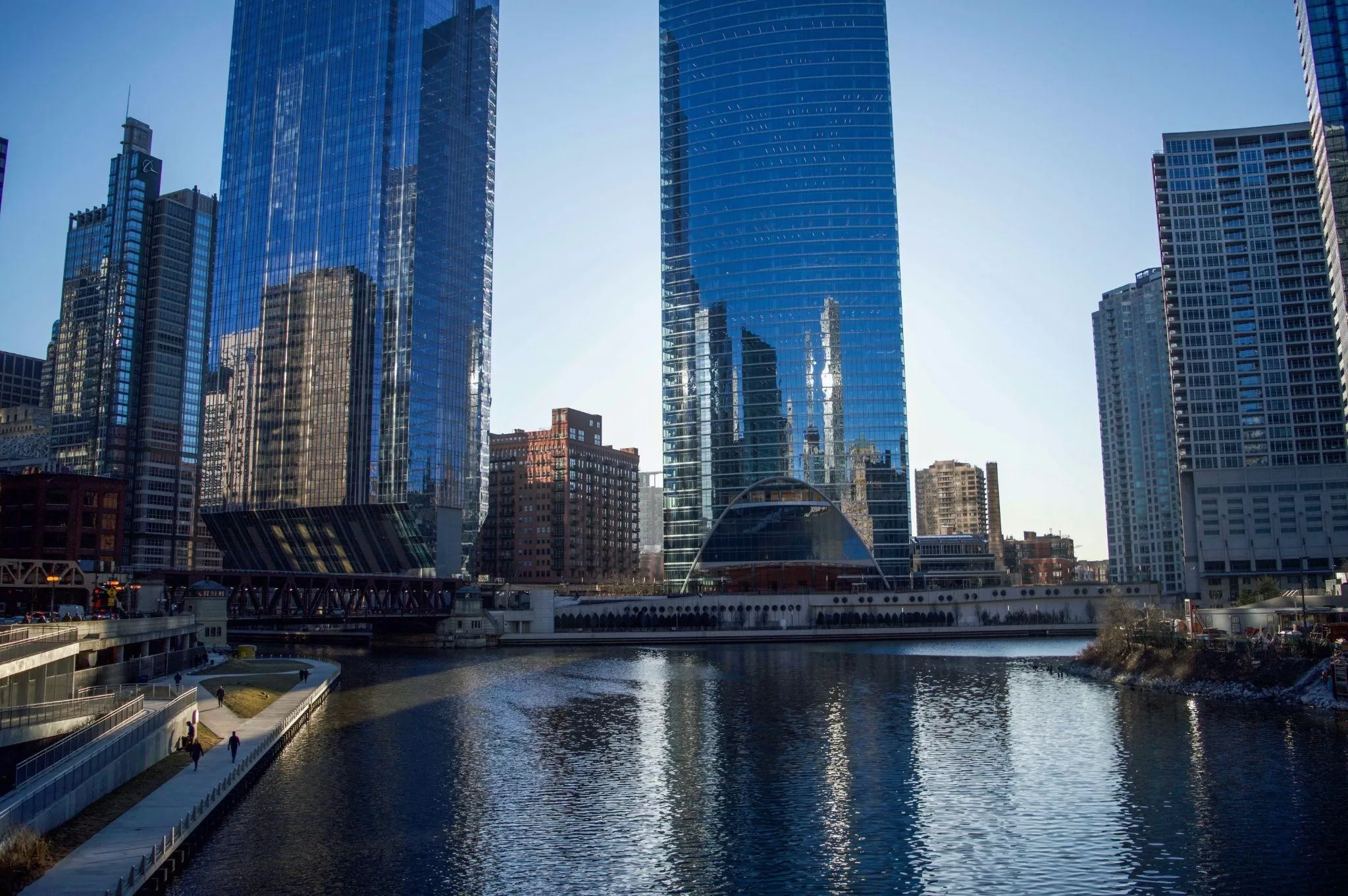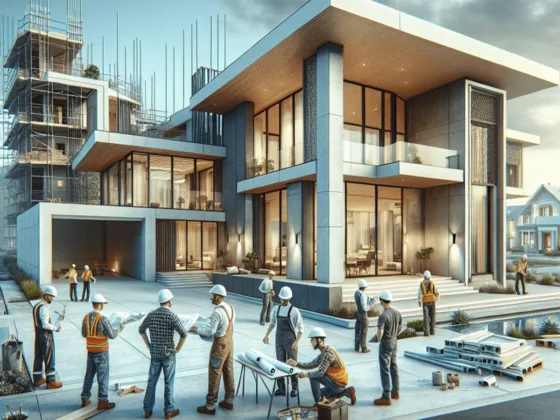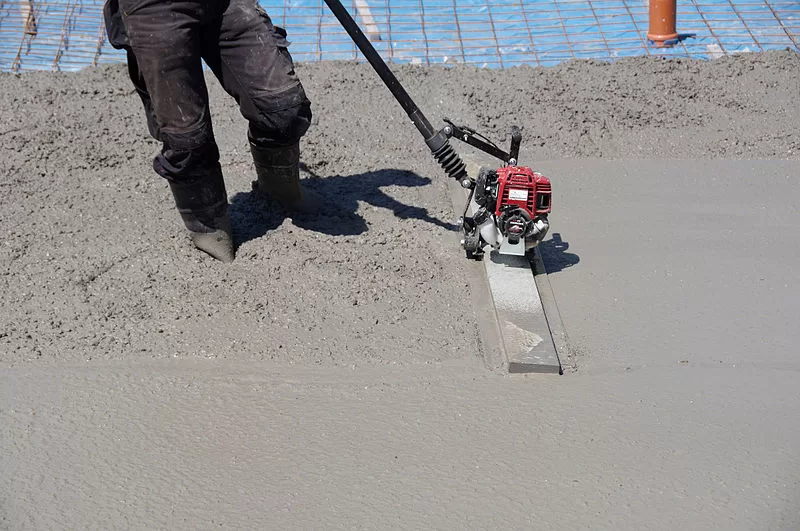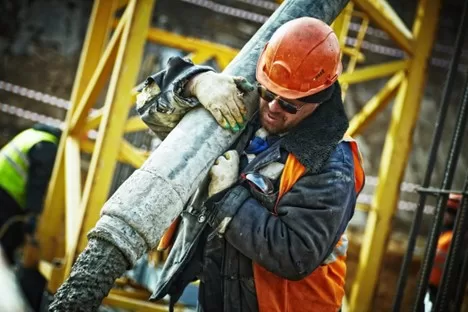In the ever-changing landscape of education, creating spaces that facilitate learning becomes paramount. The demand isn’t just for any space but for environments that can be tailored to the unique needs of diverse learners. In this context, modular construction shines brightly, promising adaptability intertwined with practicality.
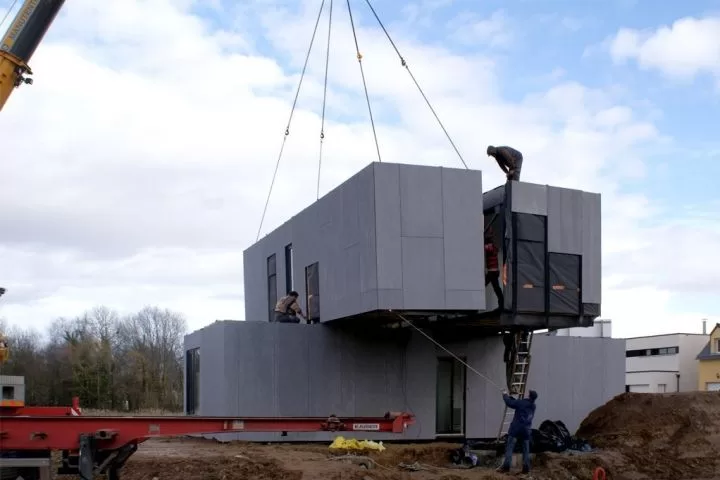
Delving into Modular Construction
At its core, modular construction is about building in parts. Think of it as creating intricate puzzle pieces in a controlled factory setting. Once these pieces, or modules, are ready, they embark on a journey to their destined location. Here, like joining puzzle pieces, they are pieced together, resulting in a fully formed structure. This approach doesn’t just save time but brings with it a host of other benefits.
Unpacking the Benefits for Educational Institutions
Rapid Construction: In the fast-paced world of education, where student numbers can grow unexpectedly, or a new course might need its own space, modular construction is a beacon of hope. Off-site construction ensures minimal disturbances on educational grounds and guarantees a quicker setup. This speed translates to fewer downtimes and disruptions, ensuring that students can get back to learning in no time.
Adaptable Design: Modular design’s inherent flexibility is its strength. Schools often undergo changes—be it in curriculum, student demographics, or technology adoption. Modular constructions can adapt, transform, and evolve. Need a soundproof room for music lessons? Add a module. An astronomy observation deck? Incorporate it atop an existing structure. The possibilities are as vast as the imagination.
Eco-friendly Approach: With global conversations veering towards sustainability, it’s crucial for educational institutions to lead by example. Modular structures often champion sustainable materials and efficient construction processes. This means a smaller carbon footprint, reduced waste, and an inherent lesson in environmental responsibility for students.
Cost Effective: Financial prudence is a cornerstone for most educational institutions. Modular construction, with its reduced timelines and efficient use of resources, often results in significant cost savings. These savings can be redirected toward curriculum development, technology adoption, or other areas that directly impact student growth.
Crafting Spaces for Specialized Education
No two learners are the same. So, why should their learning environments be? Modular constructions allow for nuanced customization.
Custom Design for Specific Needs: Every educational specialization has its nuances. A robotics lab has different requirements from a pottery class. The modular design celebrates these differences. By closely working with educators, designers can create modules that reflect the exact needs of a subject or discipline, ensuring optimized learning environments.
Scalability for Growth: Institutions, especially popular ones, face growth—a delightful challenge. As more students enroll or new courses are introduced, space becomes a premium. Modular structures can be seamlessly expanded, ensuring that there’s room for every learner and every idea.
Upholding Safety Standards: Safety isn’t just a word; it’s a commitment. Constructed under stringent quality checks in controlled environments, modular structures ensure that every bolt is in place and every safety norm is adhered to. For schools, this means peace of mind, knowing students study in secure surroundings.
Read Also :
Innovative Solutions in Modular Construction
While many modular structures are built from scratch, there’s a growing trend towards repurposing existing modules to suit new needs. Take, for instance, classrooms. Schools occasionally find themselves in need of temporary or additional space due to renovation works or an unexpected increase in student numbers.
Innovative solutions, like the refurbished temporary double classroom from MPH Building Systems, exemplify how previously used modules can be effectively and efficiently repurposed. By adapting these structures, institutions not only save resources but also achieve a blend of sustainability and functionality, all while promptly addressing their space needs.
Addressing Challenges Head-on
Overcoming Perceptions: The term ‘modular’ sometimes conjures images of temporary or makeshift structures. It’s crucial to dispel this myth. With advancements in materials and construction techniques, today’s modular buildings can stand shoulder-to-shoulder with traditional brick-and-mortar ones in durability and aesthetics.
Navigating Logistics: Transporting large modules is no small feat. It requires precision, planning, and expertise. While this might seem daunting, the modular construction industry is continually innovating, with specialized transport mechanisms and route planning tools ensuring that modules reach their destination safely and efficiently.
Adhering to Regulations: Every region has its building codes and regulations. Modular constructions, due to their unique nature, sometimes require additional permits or face varied standards. Partnering with experienced modular construction firms and having a keen legal team ensures that these regulatory mazes are navigated without hitches.
The Road Ahead: Modular Construction’s Future in Education
As we stand on the cusp of an era where adaptability and sustainability are not just desired but essential, modular construction promises to play a pivotal role in shaping educational infrastructures. But what does the road ahead look like?
Embracing Technology
With the rise of technologies like 3D printing and AI-driven design tools, the modular construction industry is poised to embrace even more precise and efficient building techniques. Educational institutions could benefit from structures that aren’t just functional but also smart, integrating seamlessly with the tech-rich curriculum of modern times.
Beyond Traditional Learning Spaces
While classrooms, labs, and libraries remain staple spaces, the future holds a need for more diverse environments. Think of modular meditation pods for student wellbeing, pop-up outdoor learning spaces for nature-based curricula, or mobile modules that can be moved between campuses. Modular construction can make these innovative spaces a reality.
Collaborative Efforts
The synergy between educators, architects, and modular construction experts will become more critical. As learning methodologies evolve, so should the spaces that house them. Regular dialogues and collaborations will ensure that modular structures are always in tune with educational needs.
Lifelong Learning Environments
Education today isn’t limited to schools and colleges. With the emphasis on lifelong learning, there’s a growing need for community learning centers, skill development hubs, and adult education spaces. Modular construction can cater to these diverse requirements efficiently, creating spaces that resonate with learners of all ages.
Global Standards and Best Practices
As modular construction gains traction globally, there will be a push towards establishing global best practices. This would not only standardize quality and safety measures but also facilitate knowledge exchange, enabling institutions worldwide to learn from each other’s successes and challenges.
Conclusion
Modular construction, with its blend of flexibility, efficiency, and sustainability, offers a promising avenue for the future of educational infrastructure.
By deeply understanding its multifaceted potential and its few challenges, educational leaders can pave the way for learning environments that resonate with every learner’s needs. Through both fresh modules and innovative solutions, the realm of education has a sturdy companion in modular construction.

